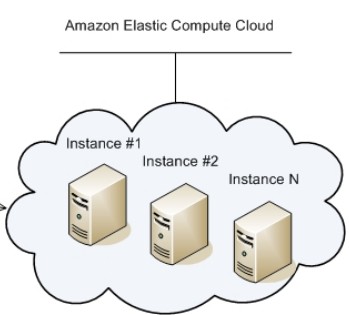Hadley, MA–March 27, 2012–TNR Global announced today the successful completion of a cloud based solution for Northampton headquartered broadcasting communications company Myers Information Systems.
Myers engaged with TNR to move their systems into the cloud to improve their technical agility as well as to improve security, redundancy and promote these improvements to potential customers.
“As we set out to upgrade our existing application hosting service (ProHost), we prioritized the need to adopt the highest levels of security protocols. In addition, we sought to streamline the technology stack so that transaction speeds could be optimized while at the same time set-up and annual maintenance costs reduced. Our clients count on us to be proactive when it comes to adopting new standards and technology…not only to modernize our offerings over time but to increase productivity and lower operating expenses on their end as well.” said Crist Myers, President and CEO of Myers Information Systems.
Cloud based solutions for businesses have been growing rapidly over the last 3 years. Cloud technology offers increased flexibility, elasticity and scalability which allow businesses to maximize efficiencies to serve the needs of the business. Using the cloud in combination with virtualization techniques, businesses like Myers Information Systems can leverage rapid deployments and hardware efficiencies. Companies can get more value from every server by increasing the utilization rate of their servers, drastically reducing the number of servers they need to purchase and manage.
TNR was tasked to provide an assessment of Myers systems, give recommendations based upon their needs, and to provide reference implementation and documentation.
“We created a reference system and the documentation to allow them to deploy their own systems based on that reference by using Open Stack and Rackspace Cloud” said Michael Klatsky, the VP of Systems Administration and technical lead on the project from TNR Global.
As a result they can rapidly launch a new system for a client with all the tools they need in place and they have enhanced disaster recovery capability. This allows Myers to be agile in a more secure environment, and leave them better equipped to respond to their rapidly expanding market in broadcasting.
“Myers had been relying on physical servers housed locally or on site. With this cloud based virtualization, they will be able to save money and quickly deploy additional servers based in the cloud to service new clients immediately.” said Klatsky.
“TNR Global did an outstanding job and we were impressed with their professionalism, industry knowledge and fee structure. We would certainly recommend them to anyone who was seeking to improve their enterprise search and/or cloud computing solutions.” said Myers.
TNR Global (TNR) is a systems design and integration company focused on enterprise search and cloud computing solutions. TNR develops scalable web-based search solutions for content intensive websites for companies and organizations in the following industries: News Sites, Publishing, Web Directories, Information Portals, Web Catalogs, Education, Manufacturing and Distribution, Customer Service, and Life Sciences. For more information, please visit: www.tnrglobal.com
Myers Information Systems, Inc. has been developing broadcast management software since 1989. The Company provides technology and services for television, radio and other digital media providers designed to improve every aspect of their operations, from media management to scheduling, and from trafficking to reconciliation. For more information, please visit: www.myersinfosys.com
###
For more information on this topic or to schedule an interview, please contact Karen E. Lynn at 413-425-1499 or email at Karen@tnrglobal.com


